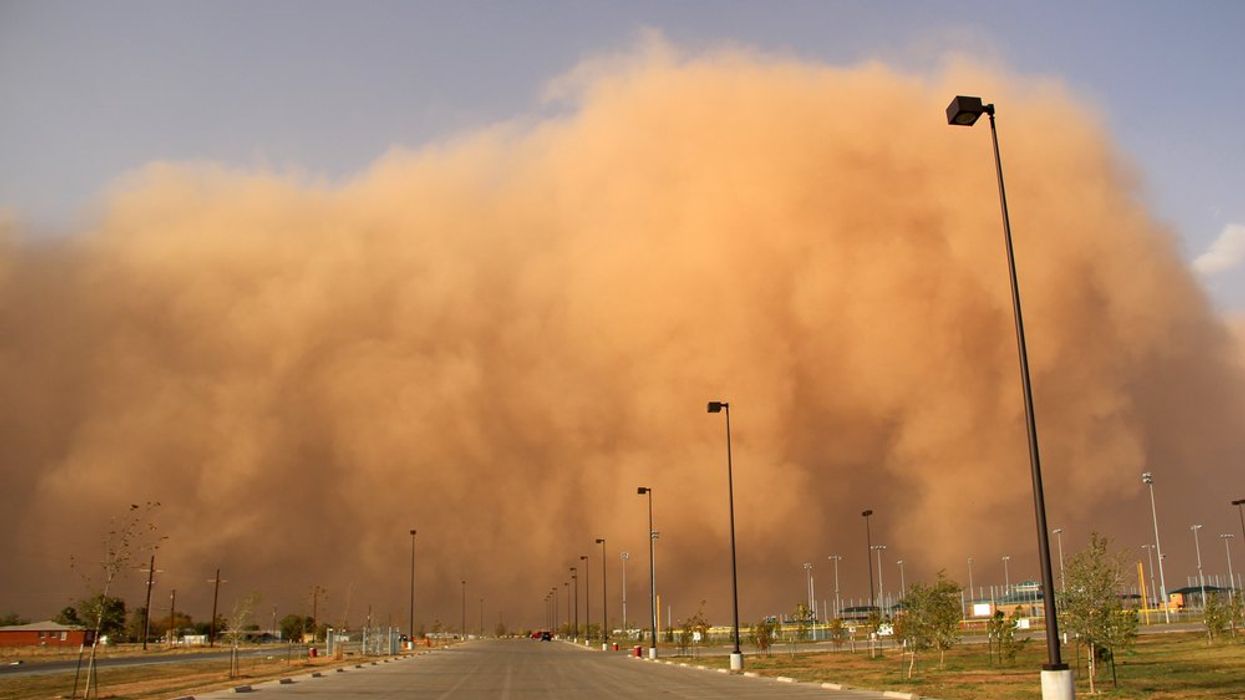On Monday, a dust storm in Illinois caused a 72-car pileup, leaving over 37 hospitalized and 7 dead. While it may seem like an unexpected event, researchers are saying that the phenomenon is becoming more common.
Dust storms are not often studied among meteorologists, and they are not tracked at the national level, therefore their full impact on society is relatively unknown. One study from the Bulletin of the American Meteorological Society, published in March of this year, determined that between 2007 and 2017, dust storms were responsible for 272 deaths.
“This problem is heavily underestimated, understudied and underreported,” the study's co-author and research scientist at the National Oceanic and Atmospheric Administration Daniel Tong told NBC.
Dust storms are caused by strong wind disturbing debris and dirt. At their strongest, they can be difficult to see or breathe through. While they are most common in dry climates, they can occur anywhere there is not plant-life.
“A dust storm is not only a weather phenomenon in the desert, it can happen anywhere in the country,” Tong continued. “It can come from a farm, it can come from a school playground, even people’s backyards. If the land is not covered by vegetation and there’s a strong wind, that can be a dust storm.”
The report found that Arizona, California, New Mexico, and Texas have the highest number of deaths. Throughout the ten-year period, Illinois only accounted for two deaths.
Dust storms have increased in recent years, doubling over the last three decades. Researchers attribute the increase to climate change and worsening droughts in the western United States, particularly drying rivers and lakes.
This phenomenon has been seen in the Great Salt Lake, which fell to historically low water levels last year. The exposure of the bottom dirt spread toxic chemicals to the millions of people living in proximity.
While climate change and dry environments have been a driving force behind increased dust storms, farms without irrigation systems have exacerbated the conditions. As Tong added, "We need to consider air quality and health impacts of agricultural tilling. When you till, you should observe weather forecasts and maybe consult some experts about the proper time and check whether the land is very dry.”
He said: “Now is the time to think about adopting some new land management and air quality measures that have been in practice in Western states."


















































